On Sunday 16th August 1891 three large, specially commissioned trains rolled into the station at Stoke-on-Trent in the early hours of the morning.
The 250 passengers disembarked and by the time that the ordinary inhabitants of ‘The Potteries’ had awoken a vast encampment had been erected upon the grounds of the local cricket club. 8 ½ acres of land were covered with an assortment of tents, enclosures and a temporary grandstand that could hold up to 14,000 spectators whilst a large contingent of foreign looking figures, in addition to hundred horses and a score of buffalo, went about their business in their new short-term home.
In what was a prominent late-Victorian industrial city that was characterised by pottery and ceramic factories, collieries and rows of terraced accommodation the sudden appearance of the American ‘Wild West’ would certainly have caused a stir among the locals.
Buffalo Bill’s Wild West had arrived.
- The Buffalo Bill Procession
Buffalo Bill
By the late nineteenth century Victorian society had begun to develop a fascination with alternative cultures from around the world and it was the American ‘Wild West’, with its absorbing accounts of cowboys, Indians and stagecoach robberies, that captured the imagination of a large swarth of the population.
William Frederick Cody was born on 26th February 1846 in St Claire (Iowa) and found himself perfectly positioned to capitalise on this growing interest in Britain and Europe through his Wild West entertainment ‘show’.
Between 1857 and 1883 Cody had been an American scout, a bison hunter, a rider in the Pony Express and served in the military with his fame becoming established after he became the central character in Ned Buntline’s dime-novel Buffalo Bill, King of the Bordermen. The stories were mostly invented fiction with any truth being subject to extreme exaggeration with Buntline choosing to immortalise Cody by using his nickname, Buffalo Bill, which he had been given whilst operating as a bison hunter in Kansas during the American Civil War.
The dime-novel enabled Cody to became one of the most famous figures of the America ‘Wild West’ and he sought to exploit his fame by establishing Buffalo Bill’s Wild West in 1883. The show was a circus-like attraction in which performers raced and lassoed horses, demonstrated shows of marksmanship and re-enacted stagecoach robberies and buffalo hunting in a supposed attempt to depict what life was like on the American frontier.
- Buffalo Bill
Buffalo Bill’s Wild West toured annually in America and in 1887 Cody took his show to Britain where it was included as part of Queen Victoria’s Golden Jubilee celebrations, with the monarch attending one performance in person. During the subsequent two decades it continued to travel across America, Britain and Europe with performances attracting significant crowds and interest, making Buffalo Bill an international celebrity in the process.
The American ‘Wild West’ in The Potteries
Buffalo Bill’s Wild West arrived in Stoke-on-Trent in August 1891 for six days as part of a much more ambitious and comprehensive tour of the Britain and Europe. When the show had first been performed as part of the Golden Jubilee celebrations four years earlier it had stopped for brief spells at London, Birmingham and Manchester, but this second tour would take in a much larger number of cities.
The appearance of Buffalo Bill and his assortment of performers and livestock generated considerable interest among the people of ‘The Potteries’. There was a particular fascination with the native American Indian culture and the local press published a sizeable report describing their encampment, dress and behaviour whilst presenting them as being ‘the bravest of the brave’.
The show itself was a considerable spectacle for those that chose to attend with two performances taking place each day, one in the afternoon and a second in the evening beneath electric lights.
Buffalo Bill’s Wild West would begin with a procession of the performers dressed in various attire on horseback before ‘an exciting race between a cowboy, a Mexican and a Indian on quick Spanish-Mexican horses took place’. There was a staged attack by native Americans on a carriage drawn by four powerful steeds, with the incumbents ultimately being saved by the heroic figure of Buffalo Bill, with performers later demonstrating how to hunt buffalo and lasso bucking horses.
- Buffalo Bill’s Wild West Poster
Cody was not the only recognisable figure appearing in the show and some of the other performers were stars in their own right. Annie Oakley and Johnny Baker were both famed sharpshooters and drew the applause of the crowd by firing at targets whilst on horseback or from an awkward or unorthodox body position. The Staffordshire Advertiser reported how, in one performance, Baker would shoot at moving balls in the air whilst standing on his head or lying on a chair.
Despite unfavourable weather Buffalo Bill’s Wild West still attracted ‘many thousands’ of spectators from across ‘The Potteries’ whilst the encampment alone drew large crowds on a daily basis. After little over a week Cody and his performers swiftly disbanded their camp, boarded three trains and headed to the next city to continue their tour.
- Annie Oakley
Legacy
Buffalo Bill’s Wild West ran for more than 30 years from 1883 – 1916 and Cody’s genius lay in his entrepreneurial acumen, showmanship and his ability to offer the audience what they wanted to see – rather than a true depiction of what life was really like in the American ‘Wild West’. Despite the fame and fortune that Buffalo Bill amassed during his career when he died in January 1917 his wealth had greatly diminished whilst the show had amassed considerable debts.
Cody’s life and persona has been the subject of much literary attention and there is great difficulty in separating the truth of his life from the exaggeration and showmanship that made his touring performances so popular. What is indisputable is that he developed a show that captured the imagination of late Victorian society.
However, Buffalo Bill’s Wild West has re-emerged in the present day and has been immortalised in contemporary life via the most unexpected source – Mickey Mouse! A reincarnation of the show, complete with Buffalo Bill, Annie Oakley and a range of performances based on the original tours, is currently running at Disneyland Paris.
Article © Martyn Cooke

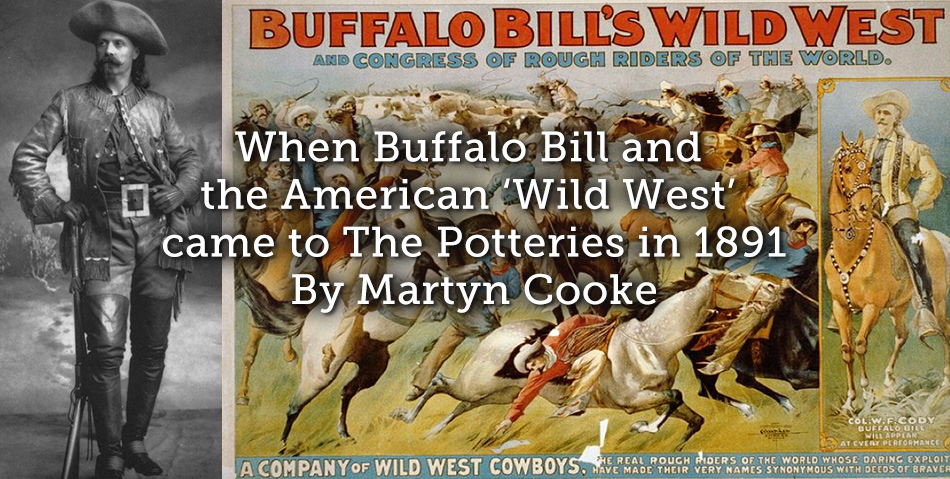
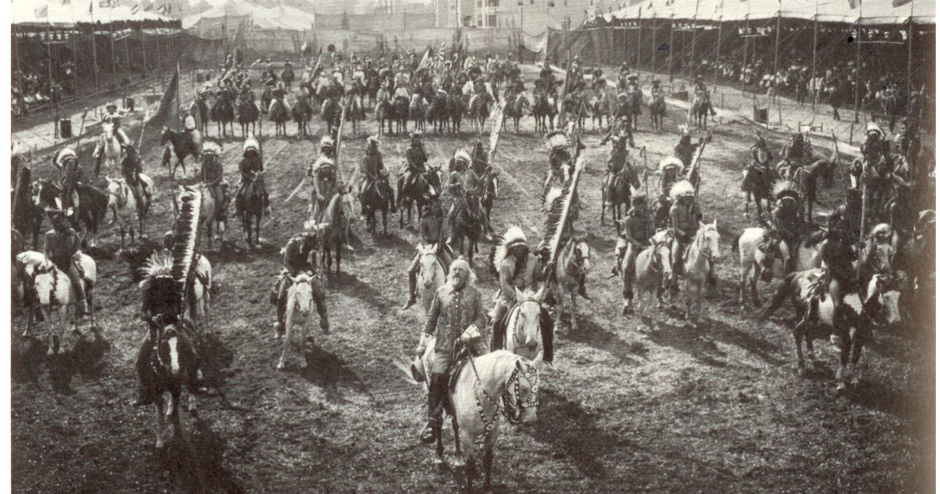
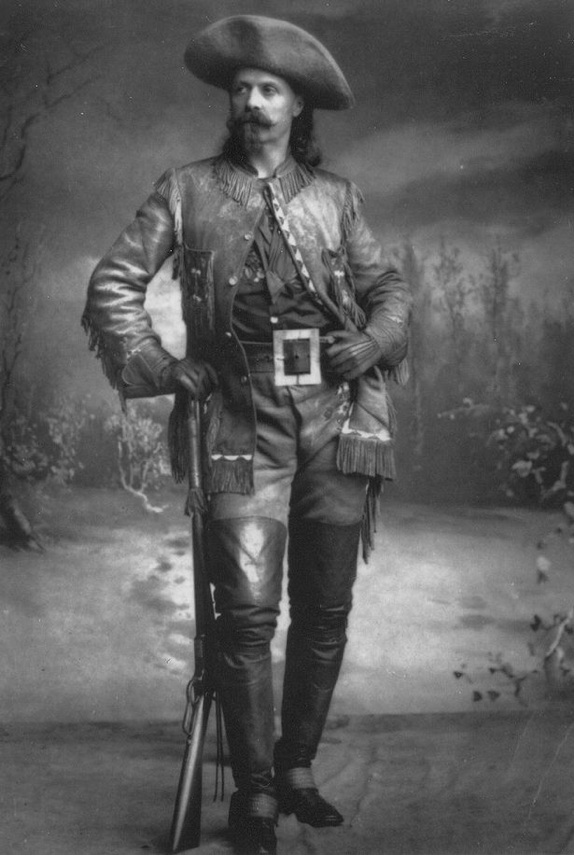
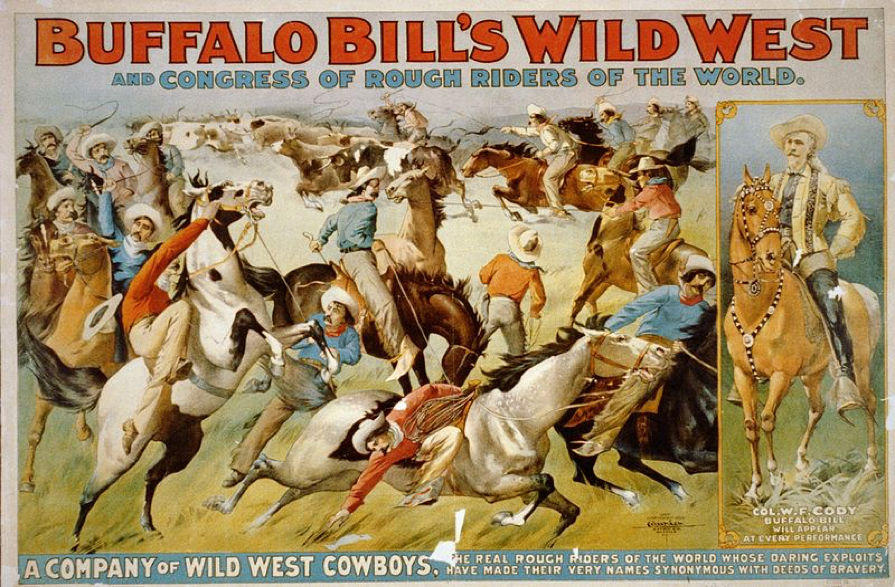
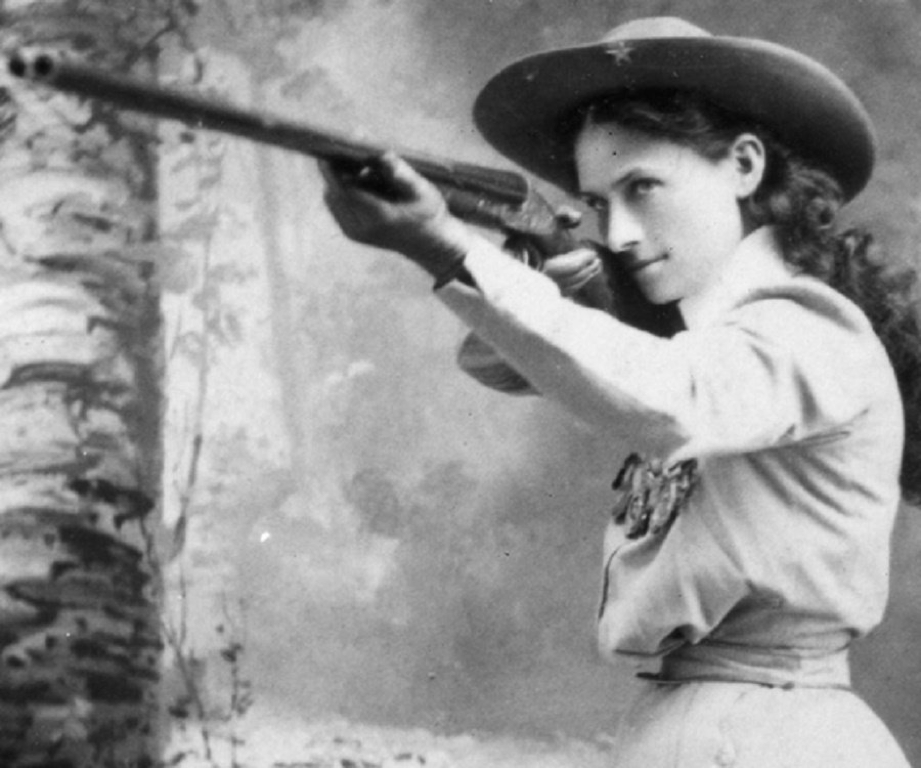

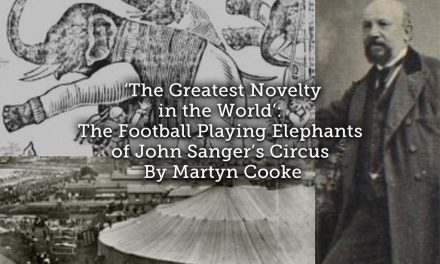

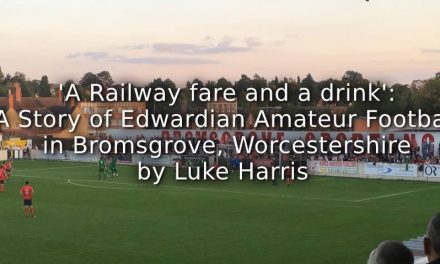
some years ago i had reason to visit an off ice near the old sidings used by one of the circus trains used by a wild west show and normally at about this period held and stored for winter quarters about the north west yard, in the office painted up and obviously not in use was a stove lettered up with the name of the circus and obviously preserved .. it was a cast iron stove about 3 or4 feet high ans about 18″ round.